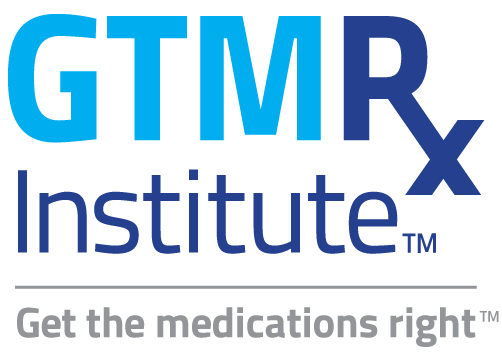 By Terry McInnis, MD, MPH, CPE, FACOEM, president, Blue Thorn Inc. | May 2016
By Terry McInnis, MD, MPH, CPE, FACOEM, president, Blue Thorn Inc. | May 2016
In May, health care industry insiders and outsiders alike were stunned. A report announced medical errors are the third leading cause of death.
Me? I’m not stunned. Forgive me, but this is not news. We’re coming up on 17 years since the release of To Err is Human, the Institute of Medicine’s damning report on patient safety, and we still see similar headlines every few years. The fault lies with our uncoordinated system of care, with medications being the least coordinated of all.
Medication-related errors are a top preventable cause of serious adverse health events (including deaths).[2]The problem is far more nuanced and systemic than misunderstanding labeling or patient “non-adherence.” Failure to treat conditions and appropriately dose medications, coupled with inadequate counseling, can be deadly.
Lack of a systematic and coordinated approach to medications has contributed to this crisis; the solution lies with the professionals who are experts in medications–pharmacists.
This solution, comprehensive medication management (CMM), is the subject of a report released May 24 by Health2 Resources and my firm, Blue Thorn Inc.: Get the medications right: a nationwide snapshot of expert practices–Comprehensive medication management in ambulatory/community pharmacy. It shows how pharmacists, as both medication experts and clinicians, are optimizing medication use in team-based care and making an impact on the communities they serve. Sponsored by a grant from the Community Pharmacy Foundation, the report draws on responses from 618 practices across the country.
Clinical pharmacists working collaboratively with physicians and other clinicians can identify and fix a patient’s medication-related problems. They ensure the appropriate, effective and safe use of medications. As a result, they improve outcomes and the bottom line.
This is not a test
We knew before our research began that CMM practices improve clinical outcomes and patient satisfaction while controlling costs. What this report shows is how robust and integrated these practices are. From our research, we learned that CMM has become a widely accepted practice that supports value-based care. It is here to stay. Health systems, patients, physicians and payers have come to understand the value of advanced clinical pharmacy services and the importance of integrating these services into existing care-delivery models.
Yet, in many places, CMM has yet to be tried, much less embraced. This isn’t unexpected, given that pharmacists have not generally been recognized as providers and are vastly underutilized.[3],[4]
Despite many CMS initiatives around value-based care, little attention or funding has been directed toward CMM integration into PCMH and ACO structures—even though the Affordable Care Act calls for such efforts[5]. Part D MTM demonstrations, even “enhanced” ones, still focus on the medications first, not the patient.
Let me be clear: Drug-focused Part D MTM has nothing to do with patient-centered integrated comprehensive medication management. Period.
It’s time for the sort of transformation Get the medications right documents. That requires leadership from pharmacists, physicians, payers, policymakers—and it will be increasingly demanded by patients.
Recognize clinical pharmacists for what they are: patient care providers. It’s time to take CMM to scale. CMM isn’t emerging. It’s here. The need for appropriate, effective and safe use of medications is undeniable. Further delay–given the high cost in lives and money–is stunningly unconscionable.
[1] The original study appeared in BMJ (Makary Martin A, Daniel Michael. “Medical error—the third leading cause of death in the US BMJ 2016”; 353 :i2139)
[2] Medication Errors, AHRQ Patient Safety Primer, March 2015 psnet.ahrq.gov/primers/primer/23/medication-errors
[3] “An Era of Growth and Change: A Closer Look at Pharmacy Education and Practice.” Feb. 2014 University of California
[4] Mossialos E, et al., “From ‘retailers’ to health care providers: Transforming the role of community pharmacists in chronic disease management.” Health Policy, 2015
[5] Sec 3503- www.hhs.gov/healthcare/about-the-law/read-the-law/index.html#

